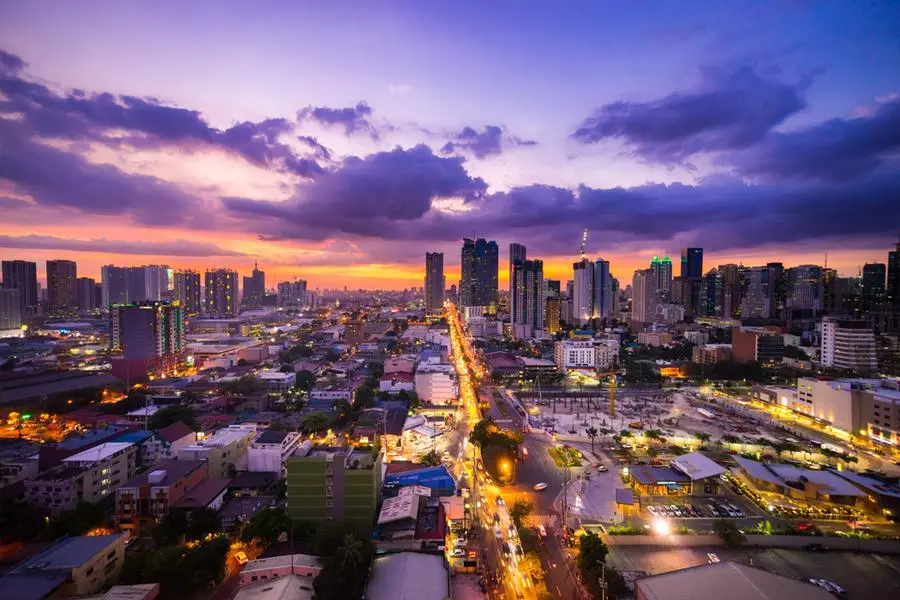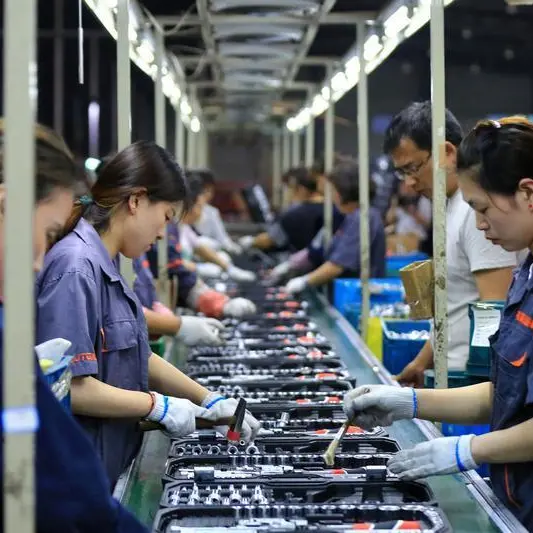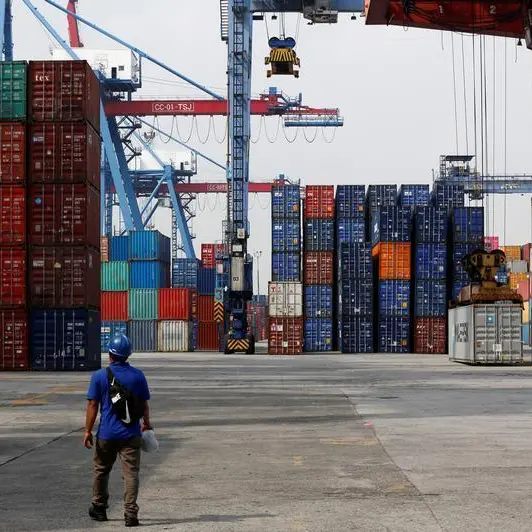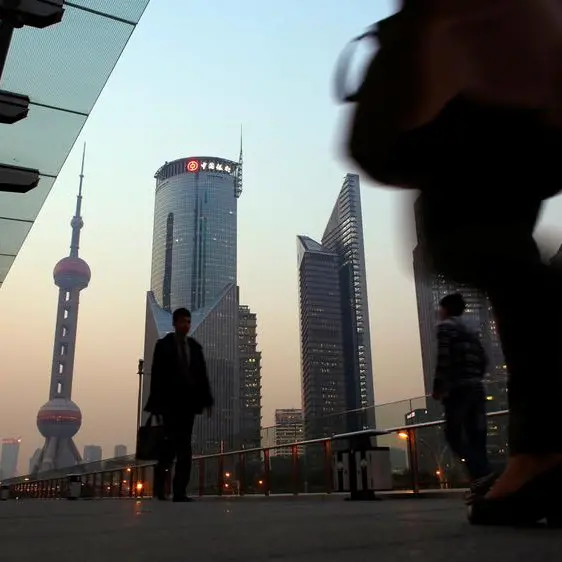PHOTO
While the Asia Pacific region is growing better than most economies globally, gross domestic product (GDP) is still running far below potential - with the Philippines faring as the worst underachiever in ASEAN, Moody's Analytics said.
In a note written by Stefan Angrick and Jeemin Bang, economists at Moody's Analytics, the research firm said the Asia Pacific region should grow by 3.9 percent in 2024 and 2025, outpacing the global economy.
However, growth in the region is significantly below its pre-pandemic levels. Weak domestic demand is slowing down China's economy while Southeast Asia has yet to recover from the output losses due to the COVID-19 pandemic.
'Output in the ASEAN group of economies is more than six percent behind the pre-pandemic trend, with the Philippines and Thailand faring the worst. GDP in both countries is more than 10 percent below pre-pandemic levels,' Angrick and Bang said.
Moody's Analytics maintained its GDP projections for the Philippines at 5.9 percent this year and six percent for 2025. Both growth forecasts are higher than the 5.6 percent expansion seen in 2023.
However, both projections fall short of the government's target of six to seven percent this year and 6.5 to 7.5 percent for 2025.
According to Moody's, the APAC economy is outperforming but it is also underachieving.
'With growth in many countries running below potential, it would be premature to say that the region is out of the woods,' Angrick and Bang said.
They also noted that unsteady foreign demand, lingering inflationary pressures and delayed easing of monetary policy are key challenges in the months ahead for the region.
'A fresh uptick in commodity prices would stoke inflation and prompt monetary policy tightening that would weigh heavily on the region's economy,' they said.
'In addition to the risk of drastic shifts in US economic policy following the upcoming presidential election, geopolitical frictions and changing growth dynamics in China create challenges for the Asia-Pacific region in the medium to longer term.'
Moody's Analytics expects inflation to average 3.6 percent this year in the Philippines, slower than the six percent full-year inflation in 2023. Inflation is seen to slow further to 3.3 percent in 2025 and 2.9 percent in 2026.
Meanwhile, Angrick and Bang noted that exchange rates would be a primary concern for central banks in the region as the US Federal Reserve might only cut interest rates in September.
'APAC central banks are unlikely to leapfrog the Fed, wary of currency depreciation for the time being,' they added.
Copyright © 2022 PhilSTAR Daily, Inc Provided by SyndiGate Media Inc. (Syndigate.info).












